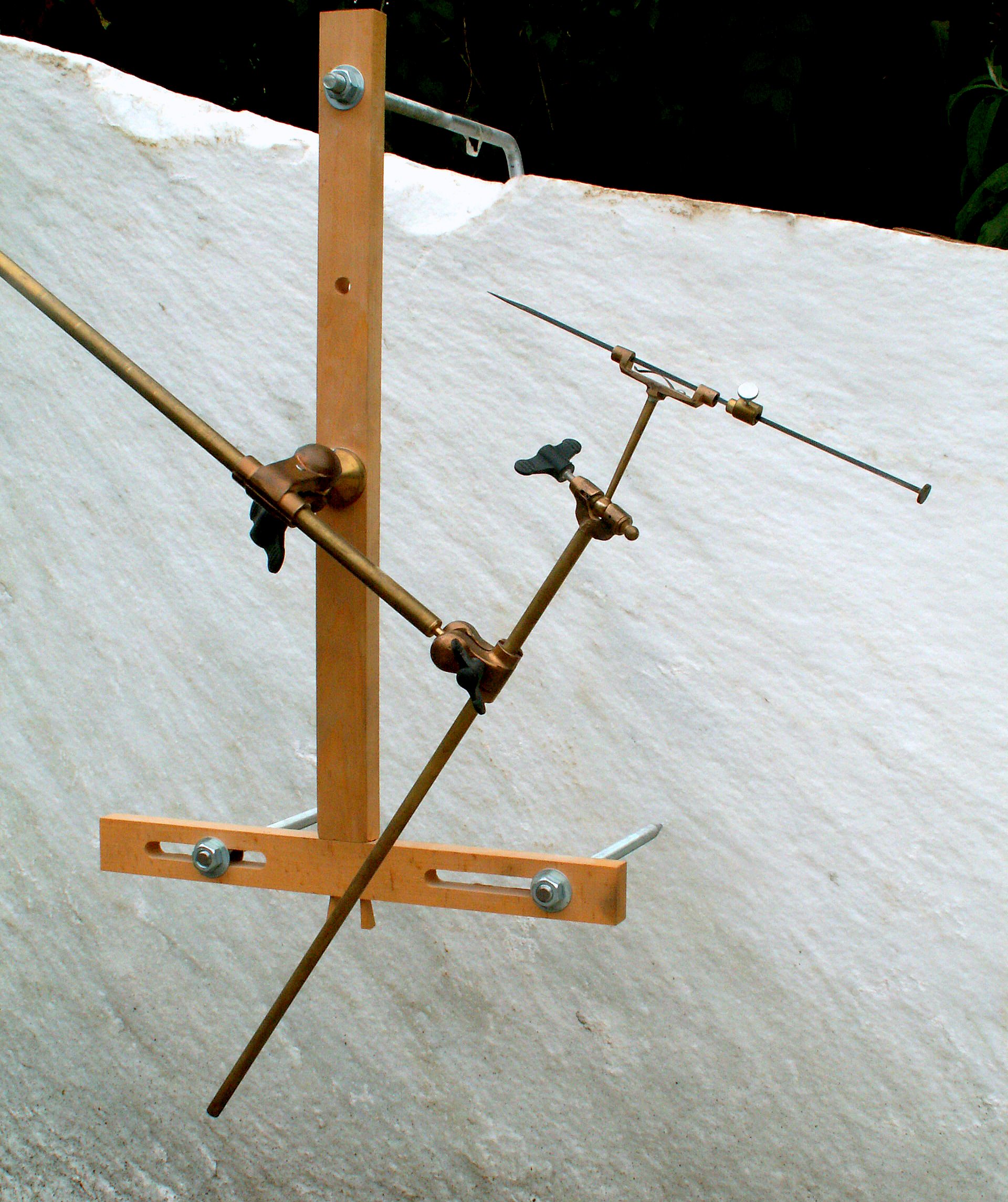One of the most frequently asked questions I get in the studio is “how do you get this from clay to stone?” It’s a long answer that usually involves me getting out a diagram, an Italian stone carver, and a math textbook to explain it all. So, I thought that I would try to explain it here where I can post diagrams, pictures, and links to more knowledgeable websites.
First, I start with the clay sculpture. I make a clay sculpture by adding Plastiline to an aluminum armature, which I describe in a previous post. Plastiline is a type of clay made from dehydrated ball clay, or potter’s clay, oil, wax, and lanolin or some type of grease. (Some brands mix in sulfur and other ingredients, but the clay, oil, wax, and grease are what defines plastiline.) It’s advantage is that it remains ever-pliable and does not shrink. The main disadvantage is that you cannot fire it. And some would argue that it is not as sensual a medium as ceramic clay. I would agree, but practically wins out on this one.
So, I work and work and work and work and am finally done with the sculpture in clay! Then it is time to make a mold. There are a few types of molds, but the idea remains the same. Decide where the seams should be and press in aluminium shims (or some sculpture supply warehouses sell plastic ones that work better with latex molds.) Prepare the clay surface with some type of mold release or shellac, depending on the type of clay and type of mold. Molds go on liquid, whether a latex rubber mold or an old school plaster waste mold. Once the mold sets up, you will have a negative of your clay! Then, the plastiline can be removed, recycled, and used in another sculpture. The mold is then cleaned and prepared for pouring a cast. The cast is made by pouring a liquid plaster mixture into the hollow mold, sloshing it around, pouring it out, then pouring more in, sloshing it around, and pouring it out. The artist does this until the plaster starts to harden. Then she sets the mold down and waits for the plaster to fully cure. (Polytek, where I usually source rubber mold materials has a terrific website with videos on different methods of mold making.)
Once the plaster is hard, the mold can be removed and voila! you have a plaster copy of the original sculpture. Now comes the really difficult part: getting it into stone. First, the stone is chosen. The block is set up near the plaster sculpture. Three anchor points are selected on each piece. These three points are anchors for the macchina or pantograph, or more accurately, pointing machine. Both of these words are misnomers. For one, the macchina isn’t really a tiny machine in the way we think of machines and the pantograph doesn’t necessarily look like the ones you see for drafting, though they can, when enlarging a sculpture using a computerized machine. For simplicity and accuracy, let’s call it a pointing machine.
The pointing machine basically enables the stone carver to plot points along the x, y, and z axes, that is in three dimensions. The carver attaches the pointing machine to the three anchor points on the plaster original, or carver’s model. The arm on the pointing machine is adjusted to a single point, say, at the end of the nose. A dot is made on the carver’s model, then the pointing machine is brought to the block of stone. It is locked into the three anchor points and then the carver carves until the x,y, and z point is made. In the picture below, you can see the pointing machine attached to the anchor point at the top of Mary’s head as well as the arm of the macchina pointing to a location on her lap.
In this picture below, the block of stone still looks very rough, but the pointing machine is plotting out a point along the x, y, and z axes! The stone carver will take thousands of these tiny measurements, moving back and forth between the plaster carver’s model and the block of stone. Soon, a recognizable sculpture will start to emerge!
The Virgin Annunciate is nearly done! Once the carver gets to this point, he uses very delicate tools to articulate texture and create a smooth surface for the skin. It is generally at this point that the sculptor comes in and articulates these things herself, but in my case, I was not skilled enough in stone carving techniques to attempt this. I put a tremendous amount of trust in my carver’s hands, but he is a tremendous artist and had spent a lifetime carving stone.






Thanks for this explanation. We were just discussing this at the dinner table last week. 🙂
It’s so exciting to hear that people are discussion stone carving around the dinner table! I’d love to hear more about the conversation!
Truely wonderful. I love seeing how your beautiful work, comes into being!!